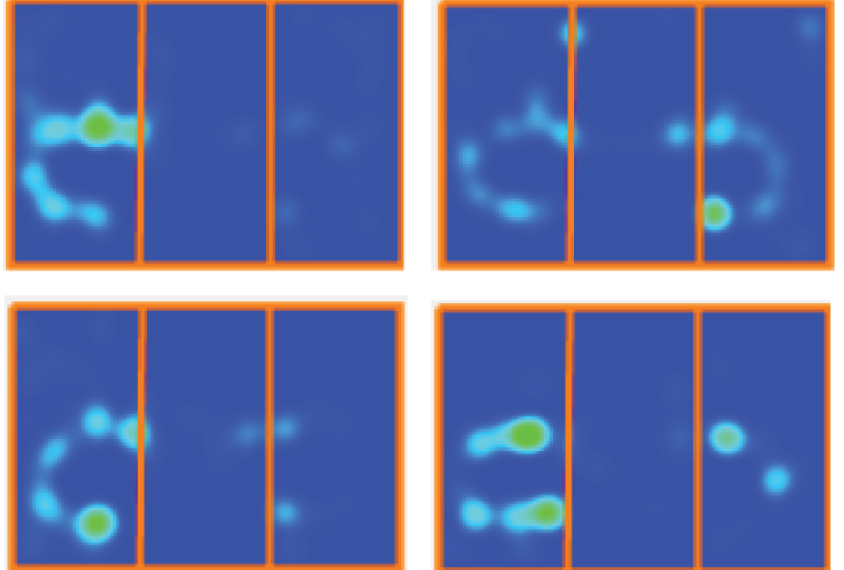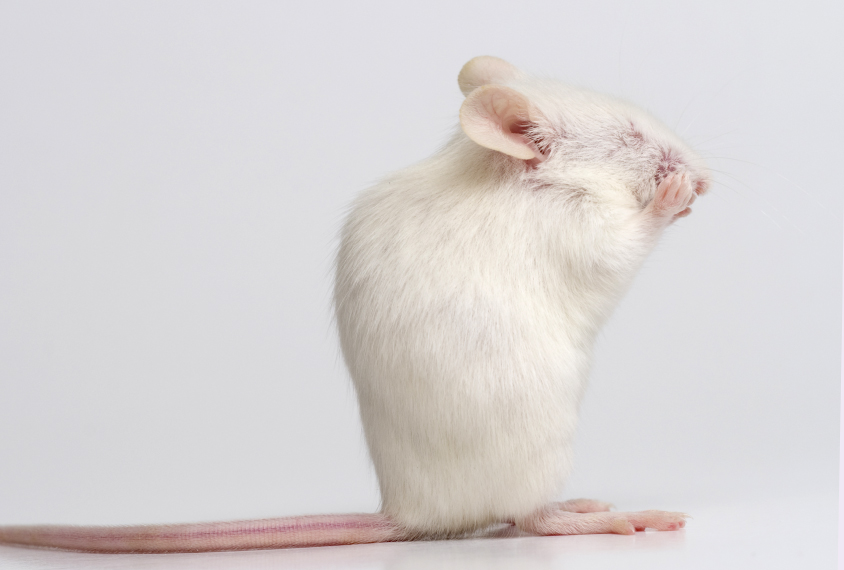A cancer drug that helps promote gene expression reduces repetitive behaviors and improves memory and sociability in a mouse model of autism, according to a new study. The treatment did not improve the animals’ anxiety or motor issues, however.
The mice lack the autism-linked gene ASH1L in their brains. The gene encodes an enzyme that helps regulate chromatin, or the clumps of DNA and proteins that form chromosomes. Without the gene, the mice engage in more repetitive behaviors and are less interested in socializing than control mice, a study published in June showed.
Loss of the gene in neurons also reduces the expression of other genes crucial to early brain development, that study demonstrated. The ASH1L enzyme boosts gene expression by adding chemical tags to a histone — the proteins DNA winds around. In its absence, cells produce too much of another enzyme that suppresses such tagging.
For the new work, the same researchers inhibited the enzyme with a drug called vorinostat (also known as SAHA) — commonly used to treat lymphoma — allowing gene expression to ramp up again.
“We think this SAHA inhibitor is a promising pharmacological treatment,” says lead investigator Jin He, assistant professor of biochemistry at Michigan State University in East Lansing.
It’s unclear whether the drug will prove helpful in autistic people, researchers say. Understanding precisely how the drug is altering behavior is crucial, says Alex Nord, associate professor of psychiatry at the University of California, Davis, who was not involved in the work.
“These purely behavioral studies kind of leave me wanting to know why,” Nord says.

Behavior changes:
The researchers created mice missing both copies of ASH1L in their brains. (Mice lacking the gene throughout their bodies die shortly after birth.) They then injected some of the mice with vorinostat daily from 10 to 60 days after birth and administered a series of behavioral tests.
In a test of sociability, both wildtype and treated ASH1L mice preferred to interact with a novel mouse over an object, whereas the untreated ASH1L mice showed no such preference. Treated ASH1L mice and controls also spent comparable time grooming themselves, whereas the untreated ASH1L mice groomed excessively, considered analogous to the restricted and repetitive behaviors seen in some autistic people. And the treated ASH1L mice improved on a test of memory, hinting that the drug may boost cognitive skills.
The results were published in Neuroscience Letters in September.
The drug did not alter other traits, however: Both the treated and untreated ASH1L mice grew more slowly and stayed smaller than their wildtype counterparts. They also spent less time in an open field — a marker of anxiety — and clasped their paws when held by the tail, a sign of muscle control issues.
The neural circuits underlying the behaviors that did change with treatment may be more flexible after birth than the circuits associated with those that didn’t, He says. That means giving treatment earlier, perhaps even prenatally, may make it possible to target those other traits, he says.
Unknown mechanism:
The behavioral improvements are “promising,” says Sofia Lizarraga, assistant professor of biological sciences at the University of South Carolina in Columbia, who was not involved in the work. But the drug inhibits a wide spectrum of enzymes and may have broad impacts on gene expression, which could cause undesirable side effects in people, Lizarraga says.
The researchers should next test the drug in neurons derived from stem cells from people with ASH1L mutations to better understand the mechanisms by which it is acting, she says. (In unpublished work, Lizarraga’s lab has shown that a more targeted inhibitor improves structural impairments in neurons with ASH1L mutations.)
“The more we know of the cellular and molecular mechanisms that are underlying the behavior, the more we can personalize the therapies,” Lizarraga says.
It’s also not clear why such a general drug would cause specific behavioral changes in the mice, Nord says, which raises doubt about whether it would translate to helping autistic people.
“It’s a fine study,” he says. “But I want to see more. I want to see mechanism, I want to see specificity.”
The researchers plan to test whether treating the mice earlier or later in life with the same drug shows the same effects, He says, and to examine how long the effects last after treatment stops. They also want to test the drug in mice with mutations in other autism-linked genes that are involved in chromatin regulation.





